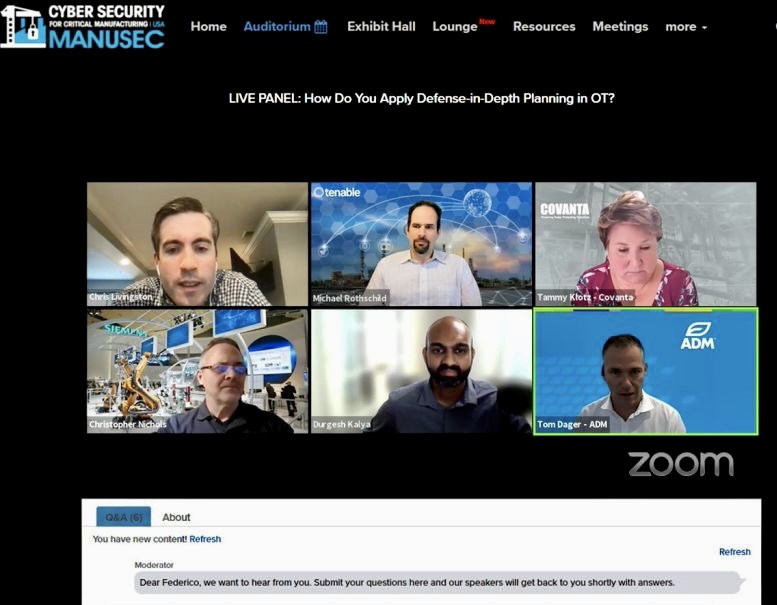Maximizing Your Cybersecurity Learning Potential

Are you aiming to become a cybersecurity expert but finding your learning progress slower than you’d like? I recently found inspiration in a valuable concept presented by Elizabeth, a medical student, in her informative YouTube video titled “You’re Not Slow: Become a Speed Learner in 20 Minutes” (Source: https://youtu.be/_wzJnWCBWkI?si=hnskSM0k4tWFFtTv). I’ve adapted her idea to help you accelerate your journey toward mastering Cybersecurity.
Here are some key insights, influenced by Elizabeth’s wisdom, to expedite your Cybersecurity learning:
Building a Strong Foundation: Start by establishing a solid knowledge base.
Ask yourself:
What are the core principles of Cybersecurity?
Why are these principles crucial?
How do they underpin secure systems?
What practical skills can I immediately apply?
Where can I further deepen my understanding?
These questions will assist you in setting realistic goals and reducing frustration due to slow progress.
Here are some that are what I consider basics, you should be familiar with these concepts.
Mastering Fundamental Concepts:
Never underestimate the importance of foundational concepts. Even experts revisit them regularly.
Inquire:
What are the essential Cybersecurity concepts?
How do these concepts differentiate experts from beginners?
How quickly can I grasp these fundamental principles?
A strong grasp of the basics is key to expediting your learning.
- Networking: A basic understanding of networking is essential for understanding how cyberattacks work and how to defend against them. This includes understanding concepts such as IP addresses, TCP/IP protocols, and network topologies.
- Operating systems: A good understanding of operating systems is also important for cybersecurity professionals. This includes understanding how operating systems work, how to configure them securely, and how to troubleshoot them when problems arise.
- Security concepts: There are a number of core security concepts that are essential for cybersecurity professionals to understand, such as confidentiality, integrity, availability, authentication, and authorization. These concepts are the foundation of all cybersecurity measures.
- Security tools: There are a number of security tools that cybersecurity professionals use to protect computer systems and networks. These tools include firewalls, intrusion detection systems, and encryption tools.
- Risk management: Cybersecurity professionals need to be able to identify, assess, and manage risks to computer systems and networks. This includes understanding the different types of cyber threats, how to assess their likelihood and impact, and how to implement appropriate controls to mitigate them.
Categorizing Your Learning: Organize your Cybersecurity knowledge into distinct categories
Categorize:
Security Fundamentals: The critical foundation
Practical Skills: Immediate and applicable
Administrative Details: Necessary but of lower priority
Less Relevant Topics: Not your primary focus.
Prioritize your learning based on these categories for maximum efficiency.
Flexible Learning Approach: Break free from rigid learning structures.
Keep it Interesting:
Focus on topics within the Cybersecurity domain that genuinely intrigue you.
Dont be afraid to jump domains, there is no particular order, the only order is what interests you.
This approach will maintain your motivation and prevent getting stuck in less engaging areas.
Let’s embark on this journey to unlock our Cybersecurity potential together! I extend my gratitude to Elizabeth for inspiring this approach to learning. #CybersecuritySkills #SpeedLearning #InfoSec





